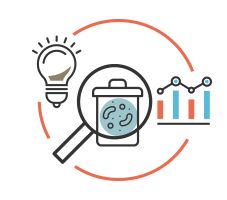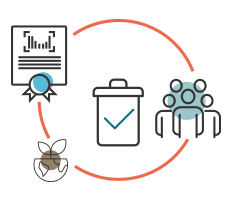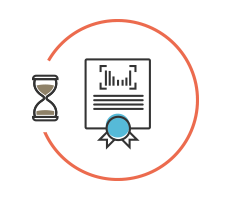The MICROORC project aims to provide innovations for extension and determining of shelf life for perishable foods – and by that reduce the amount of avoidable food waste – along two main pathways:

1) by developing tools, technologies and guidelines for improved process control with microbiome monitoring and more accurate shelf life prediction and labelling

2) by extension of shelf life by developing bioprotection and packaging technologies that reduce, control, or limit the growth of spoilage or pathogenic organisms.

A green transition will require that new innovations are evaluated for sustainability in the broad sense, and establishment of a new regulation and policy supporting their implementation. Sustainability assessments, including the view of the consumers, will be an integrated part of the innovation processes in MICROORC.

Since regulations cannot change at a speed that matches the rapid development of technology and the market, new methods of policy and regulatory innovation are needed. Policy recommendations will be developed through co-creation with stakeholders (Policy Labs).

A targeted dissemination, communication and exploitation strategy will be employed to maximize impact.
 Funded by the
European Union under Grant Agreement N° 101136248. Views and opinions expressed are however those of the
author(s) only and do not necessarily reflect those of the European Union or REA. Neither the European
Union nor REA can be held responsible for them.
Funded by the
European Union under Grant Agreement N° 101136248. Views and opinions expressed are however those of the
author(s) only and do not necessarily reflect those of the European Union or REA. Neither the European
Union nor REA can be held responsible for them.